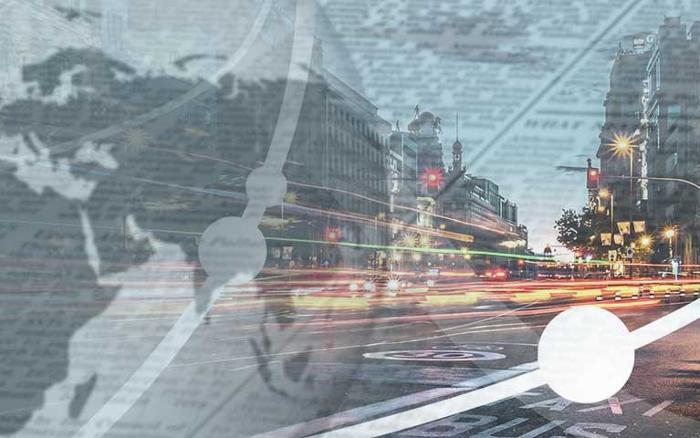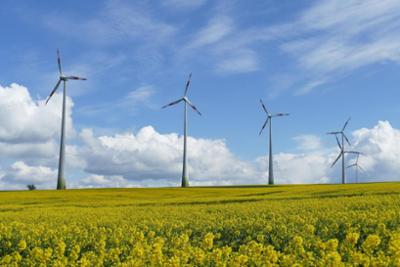

Advantages and disadvantages of wind energy
Transforming the force of the wind into electricity is possible thanks to wind energy. This infinite resource that has emerged as a renewable energy is one of the main sources already being used by society to adapt to a cleaner energy model with less impact on the environment.
Wind energy has become one of the cleanest primary sources of renewable electricity that we can make use of today. Society’s shift towards clean and renewable energy allows us to respect the environments where we live and have energy sources that don’t generate environmental issues and help to promote sustainability.
This energy is obtained thanks to the wind and the force with which it moves. Thus, it’s an infinite resource that’s easily captured, given that large infrastructures aren’t required to transform it into electrical energy. In order to make this transformation a reality, wind farms use a wind turbine generator system to convert the movement of the windmills’ blades into electrical energy.
While these farms are more commonly found on land, they can also be found at sea. Thus, there are actually two kinds of wind energy:
Onshore wind energy
This type is found on land. Wind turbine generators are installed in areas where the wind has the greatest ability to move, both in large gusts and gentler breezes. These systems are typically located close to the sea or in the plains where no natural formations can obstruct the flow of wind.
Offshore wind energy
This type is found at sea, and is quite similar to the energy obtained on land. The only difference is the geographic location and the strength of the wind, which at sea usually blows more forcefully, flows freely without any obstructions and can blow at greater speeds.
Advantages of wind power
Whenever we talk about renewable energy, the advantages are wide-reaching when compared to other sources that emit greenhouse gases or that are damaging to the environment.
However, beyond the fact that it’s truly beneficial for society, this type of energy has many other advantages.
-
Clean energy
- Only a wind turbine generator is needed, which is installed in wind farms and is able to transform the force of the wind into electrical energy–all on its own.
-
Infinite resource
- Wind never stops! It's a resource that’s always present, in all environments, all over the world. That’s why it’s a renewable energy that we can always count on.
-
Contributes to sustainability
- Using this energy in various applications—which is particularly useful in the home—contributes to the creation of a clean, sustainable model that respects the environments we live in.
-
Limits fossil fuels
- Besides being a type of clean energy, the fact that it can be easily transformed and used throughout society e.g. from powering factories to homes, means that its use can help to limit the production of energy derived from fossil fuels.
Disadvantages of wind power
While it's true that wind energy has many advantages, there are a few downsides. In particular, it can have a negative impact on the area where wind farms are installed.
It's also important to clarify that the advantages of wind energy are clearly greater than any drawbacks that may arise.
-
It depends on the weather
- As you can imagine, if there’s no wind, the wind turbine generators cannot move. That’s why they're installed in strategic locations where large volumes of wind are present.
-
Environmental impact
- Given that these wind farms are installed in the middle of plains and the ocean, they do have an impact on the ecosystem, albeit minimally. Their impact is primarily on birds, whose flight can be hampered by the wind turbine’s blades.
-
Construction price
- It’s evident that building and commissioning a wind farm entails some expense, given the size of the supporting structures for the wind turbines. But it's also clear that these wind farms create an enormous benefit for society thanks to their ability to generate renewable energy with a low production cost.
As one can see, the advantages outweigh the disadvantages. What’s more, all of the drawbacks are minor and can be counteracted in a simple way. This is especially true when we consider the fact that we are creating renewable energy that doesn’t emit greenhouse gases and isn’t harmful to the environment.





